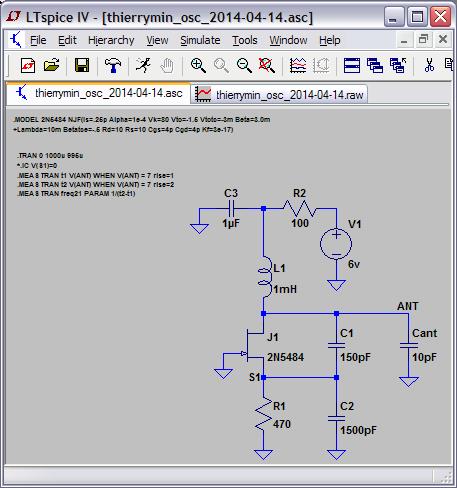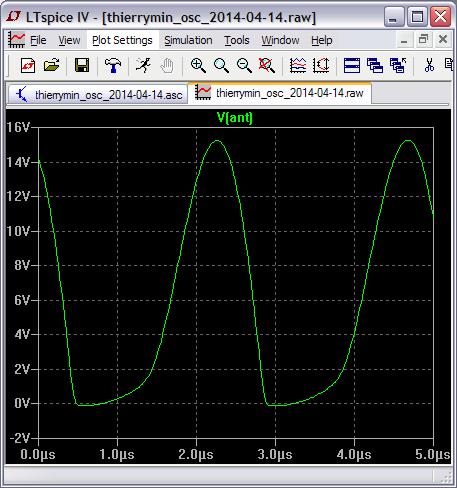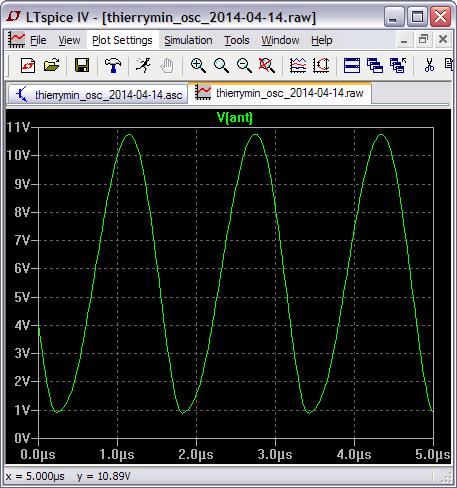Hi,
Using some parts I had available I managed to make a modified version of your design.
For the jFET I used the 2N4393 (TO-18 metal can TH version, a bit expensive($2, 25+), but there is a TO-92-3 version which is a lot cheaper MPF4393RLRPG ($0.244 10+) and a SOT-23 SMD version MMBFJ309LT1G.
Also the 1mH coil was not available, so i used the largest wire-wound coil I could find, a 330uH type with about 0.6 Ohm DC resistance, and simulated one sine wave oscillator in LTspice.
I checked other jFETs also in simulation, U309 works also, but is also an expensive metal can type. the J309G TO-92 TH type is a lot cheaper, and there is a SOT23 version type MMBFJ309LT1G.
imagine here a picture of the

On experiment/perforated board I built both oscillators and the add/subtract part, without bothering to simulate the complete schematics. after correcting some solder joints both oscillators worked. After figuring out which oscillator should have the highest frequency, I added 2 extra variable capacitors on the other oscillator. Without them the output frequency got lower as my hand got closer to the antenna. With the extra capacitors the frequency got higher. My antenna was also only a thin wire, and sensitivity is still low. But for a first try I am pretty pleased with the results. putting everything in a box with a bigger antenna, could improve the results a bit.
If it works I try to add a picture here, or in the Photo album of simulation and the prototype pcb.
Picture:

Because of the smaller coil value I experimented with a little higher capacitor values an smaller resistors, it is not too critical. With the original values it works also with the 330uH coil.
Picture:

To get cleaner sine wave shape I added a capacitor parallel to the inductor, value 100pF which seems to give me a better shape on the oscilloscope. in LTspice (www.linear.com) a value up to 470 pF seems to make the shape better. I'm not sure if the sound gets better with better sine waves of the 2 oscillators. When they get mixed, it becomes a complex shape anyway.
I also experimented with Wien bridge oscillators using LM324 or LM358 op-amps, they just are much too slow.
Even TL072 is not fast enough. The slew rate is too low. (also the Gain Bandwidth is not high enough of some.)
AD547 is fast enough, just costs about $5 for one IC! Other IC's weren't available.
So I was very happy find Thierrys new years present.
Finally I have a working Theremin (pitch only)!
Next on the todo list to get the volume part working.
Thanks Thierry, and good luck to all experimenting with theremins :)








